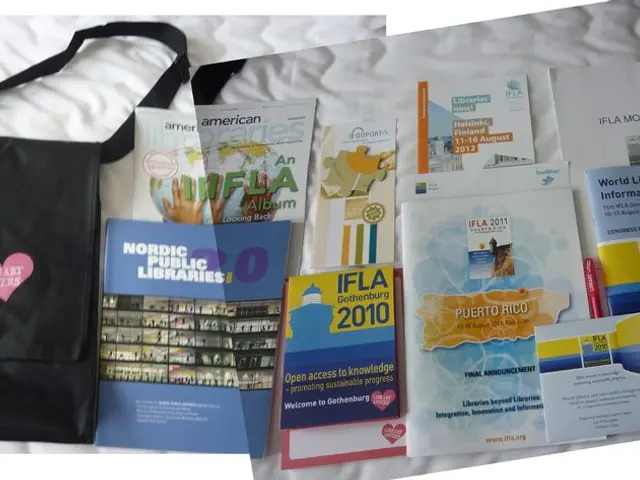Exploring the Advantages, Obstacles, and Accomplishments of Multicultural Education
In a world increasingly interconnected, the importance of fostering a culturally diverse learning environment cannot be overstated. Such an environment equips students with cross-cultural competence, preparing them for the globalized world ahead.
One successful initiative, the "Cultural Exchange Program" in a rural school, connects students from different cultural backgrounds through pen-pal exchanges, video conferences, and cultural immersion experiences. These success stories demonstrate that when educators and communities embrace cultural diversity, students thrive academically, socially, and emotionally. They highlight the importance of creating inclusive educational environments that celebrate and respect the unique contributions of every student.
By embracing and celebrating cultural diversity, we can create educational environments that promote empathy, tolerance, and respect among students. However, it's important to acknowledge that potential cultural clashes and misunderstandings can arise. Success stories of multicultural education programs further emphasize the positive impact of cultural diversity on students and communities.
To cultivate a culturally diverse learning environment, educators can adopt several key strategies. Incorporating multicultural materials into the curriculum, celebrating cultural holidays and traditions, promoting open dialogue about diversity, and implementing culturally responsive teaching methods are all effective approaches. These strategies create an engaging, respectful, and empathetic environment where all students feel represented and valued.
An inclusive curriculum ensures lessons reflect diverse perspectives and histories, validating all students’ experiences and helping them connect meaningfully with the content. Engaging parents and the community is also crucial, as maintaining open communication with families and involving community organizations can provide resources supporting multiculturalism and inclusivity beyond the classroom.
Applying DEI (Diversity, Equity, and Inclusion) principles is another essential aspect. This involves addressing bias and privilege, focusing on equity in outcomes through differentiated instruction, adjusting assessments and learning environments to meet varied needs, and using inclusive teaching methods such as storytelling, role-playing, and student-led discussions.
Fostering collaboration and teamwork is also vital. Encouraging students to work in diverse groups promotes collaboration and the exchange of ideas. To further promote inclusivity, educators can create a safe and inclusive classroom environment with clear guidelines for respectful communication and behavior. Providing professional development for educators is also crucial, offering training and resources to help educators develop cultural competence and effectively address the needs of diverse students.
Education in a culturally diverse learning environment fosters a rich and inclusive learning experience. Initiatives like the "Global Classroom" initiative in a diverse urban neighborhood, which focuses on building cultural awareness, fostering cross-cultural friendships, and promoting global citizenship, are prime examples of this. These efforts enrich classroom discussions, encourage critical thinking, and promote a deeper understanding of various cultures and traditions.
In conclusion, a culturally diverse learning environment is not just beneficial, but essential for preparing students for success in a multicultural society. By adopting the strategies outlined above, we can create educational environments that celebrate and respect diversity, promoting empathy, tolerance, and respect among students, and empowering them to thrive in our interconnected world.
[1] Cultural Diversity in the Classroom: Strategies and Activities for Success [2] Teaching in a Culturally Diverse Classroom: Strategies for Effective Instruction [3] Culturally Responsive Teaching and the Brain [4] Celebrating Diversity in the Classroom: Strategies for Inclusive Education [5] The Power of Inclusive Education: A Guide for Educators
- The educational-and-self-development landscape is enriched when we promote global relationships by embracing and celebrating cultural diversity, as seen in initiatives like the "Cultural Exchange Program" and the "Global Classroom" initiative.
- By adopting strategies such as incorporating multicultural materials, implementing culturally responsive teaching methods, and fostering collaboration, we can create a lifestyle that values empathy, tolerance, and respect, preparing our children for success in a world with diverse relationships and global perspectives.




